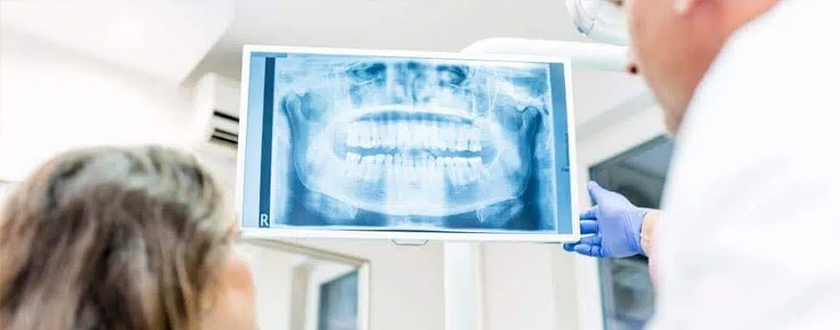
Ortho Screenings
A variety of tooth and jaw issues can be resolved through orthodontics. Your dentist may point out that your child's baby teeth appear crowded, or the relationship between the upper lower teeth isn't ideal. While it’s not generally a time for treatment, it may help you prepare for the possibility of future corrective care. As permanent teeth start to appear, usually around age 6, your dentist will monitor the child's development and determine if early orthodontic intervention is needed.
Although many orthodontic wearers are teenagers, braces play a role for some children in their earlier years. Since permanent teeth are typically larger than baby teeth, space may need to be opened with the gentle force of braces or a device called a palatal expander. This allows adult teeth to move into place correctly, helping avoid more extensive treatment later.